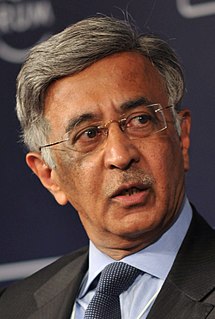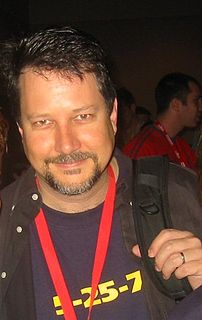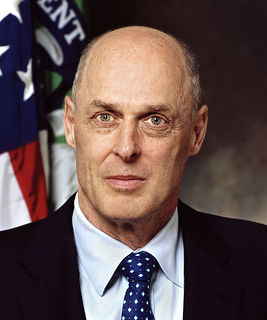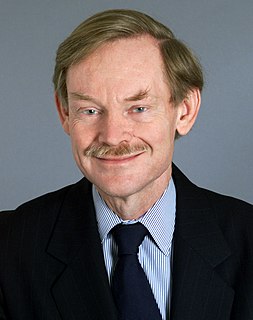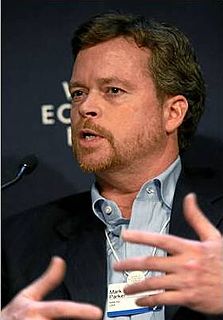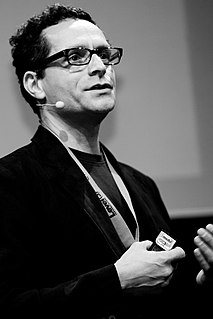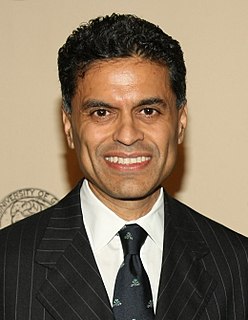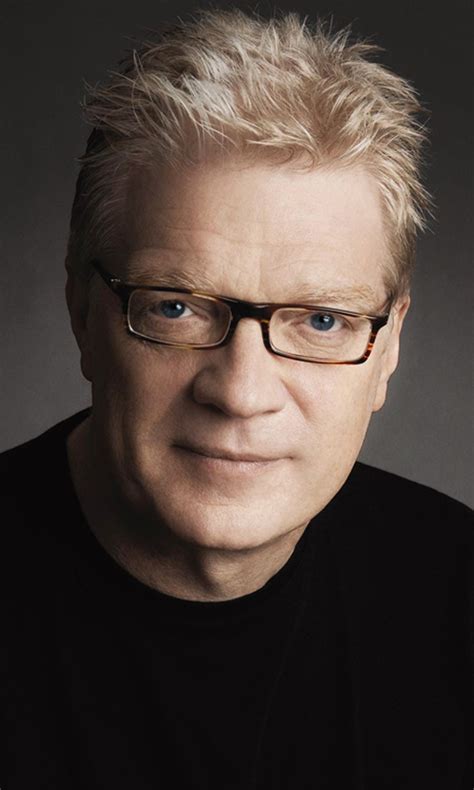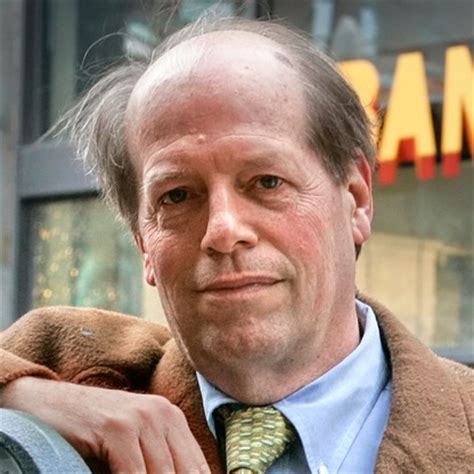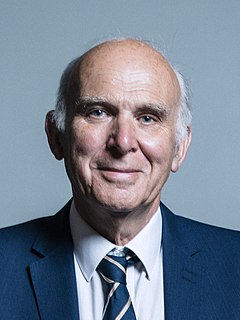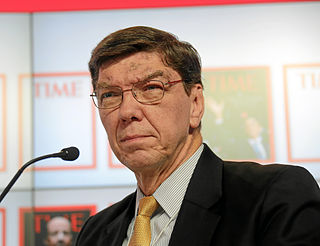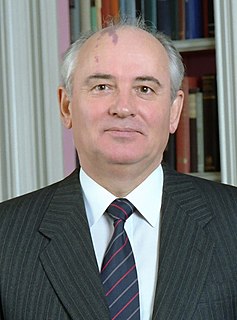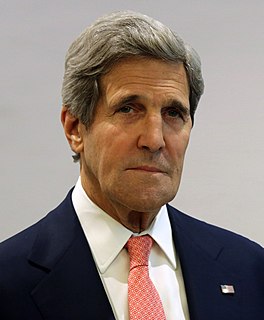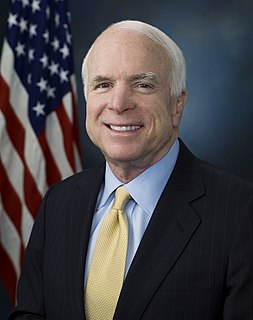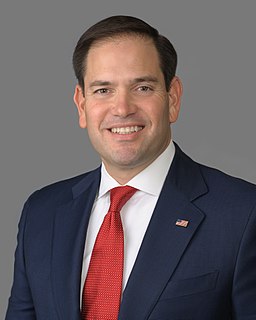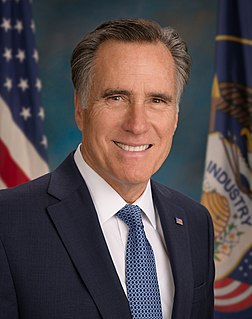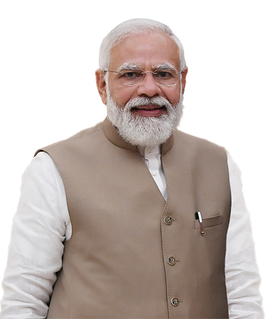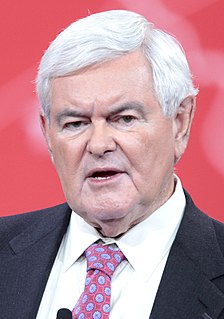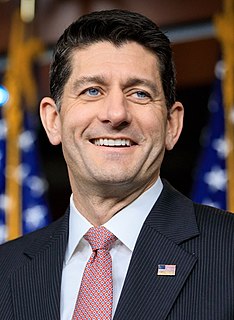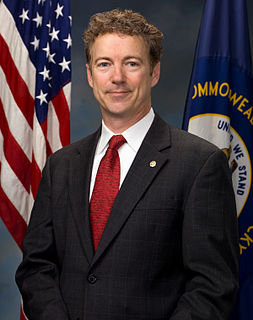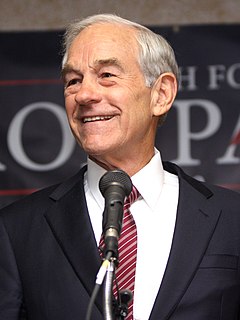A Quote by Tsai Ing-wen
I think Taiwan's economy needs an overall structural readjustment. Our new model focuses on innovation and research. This is different from our growth model in the past, which was centered on the manufacturing industry.
Related Quotes
Sustainability at Nike means being laser-focused on evolving our business model to deliver profitable growth while leveraging the efficiencies of lean manufacturing, minimizing our environmental impact and using the tools available to us to bring about positive change across our entire supply chain.
Germany is a fascinating role model. The Germans have maintained their manufacturing edge despite being a high-tax, high-regulation economy. Why? Because the government really set about ensuring that it maintained funding for technical training, technical advancements and programs. It made a concerted effort to retain high-end, complex manufacturing -- the kind of BMW model, if you will. And they've done that so successfully that Germany, which has a quarter of America's population, exports more than America does.
We have to go from what is essentially an industrial model of education, a manufacturing model, which is based on linearity and conformity and batching people. We have to move to a model that is based more on principles of agriculture. We have to recognize that human flourishing is not a mechanical process; it's an organic process. And you cannot predict the outcome of human development. All you can do, like a farmer, is create the conditions under which they will begin to flourish.
I'm not an academic; I'm not an archaeologist. I'm a writer, communicating ideas to the public. There is a model of how the past is, and a lot of academic archaeology is about refining the model. It's not about changing the model radically. I'm not aware of any current which is about radically changing the model. It's just me, really.
What happened to the Soviet Union happened mainly for domestic reasons. It was a failure of the model based on a command economy and dictatorship. The rejection of freedom and democracy, the decisionmaking monopoly of one party, and the monopoly of one ideology all had a chilling effect on the country. That model turned out to be incapable of making structural changes. It did not open up ways for initiative and was overly centralized.

